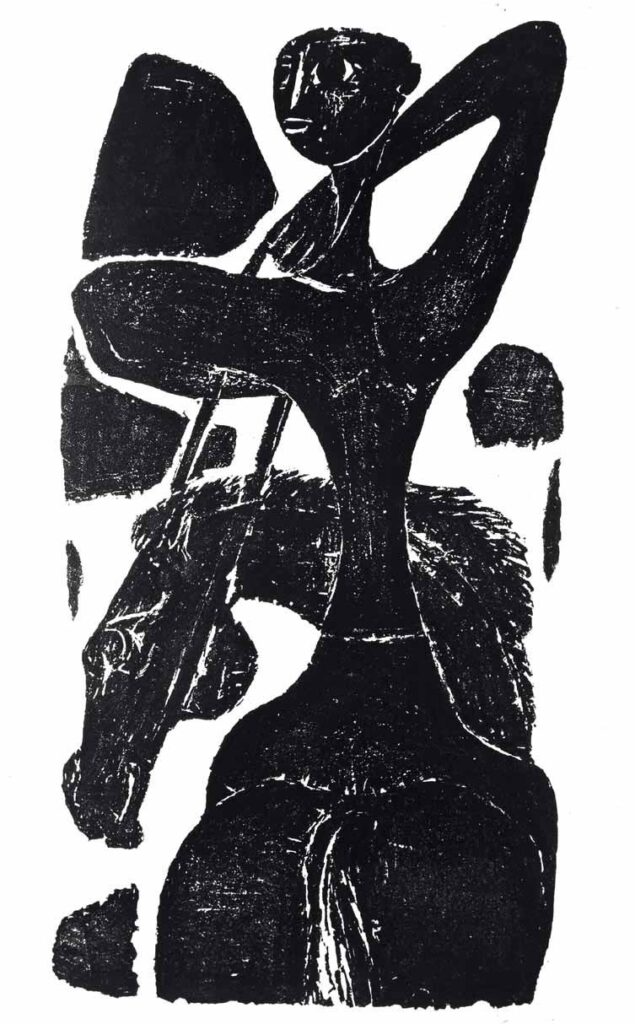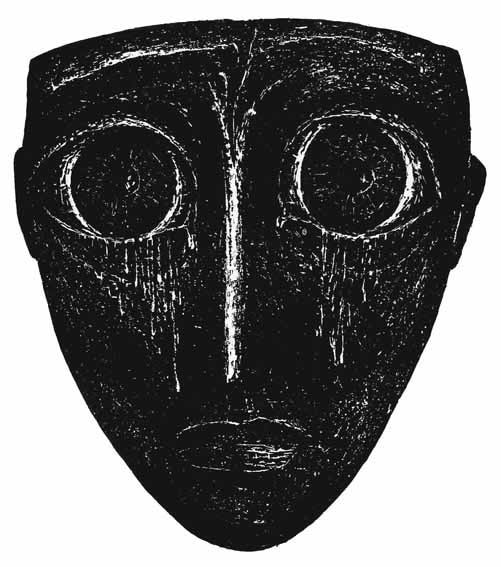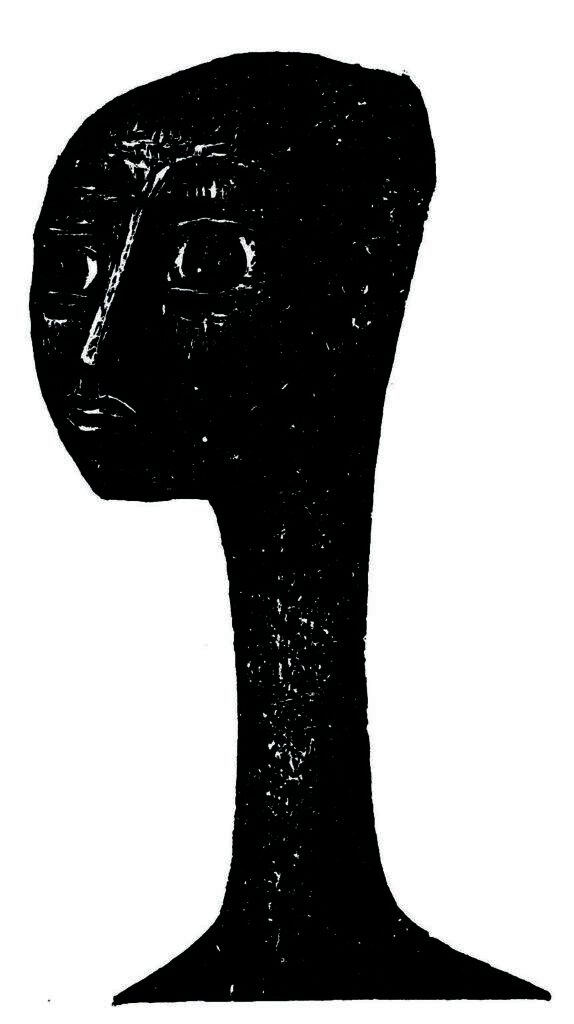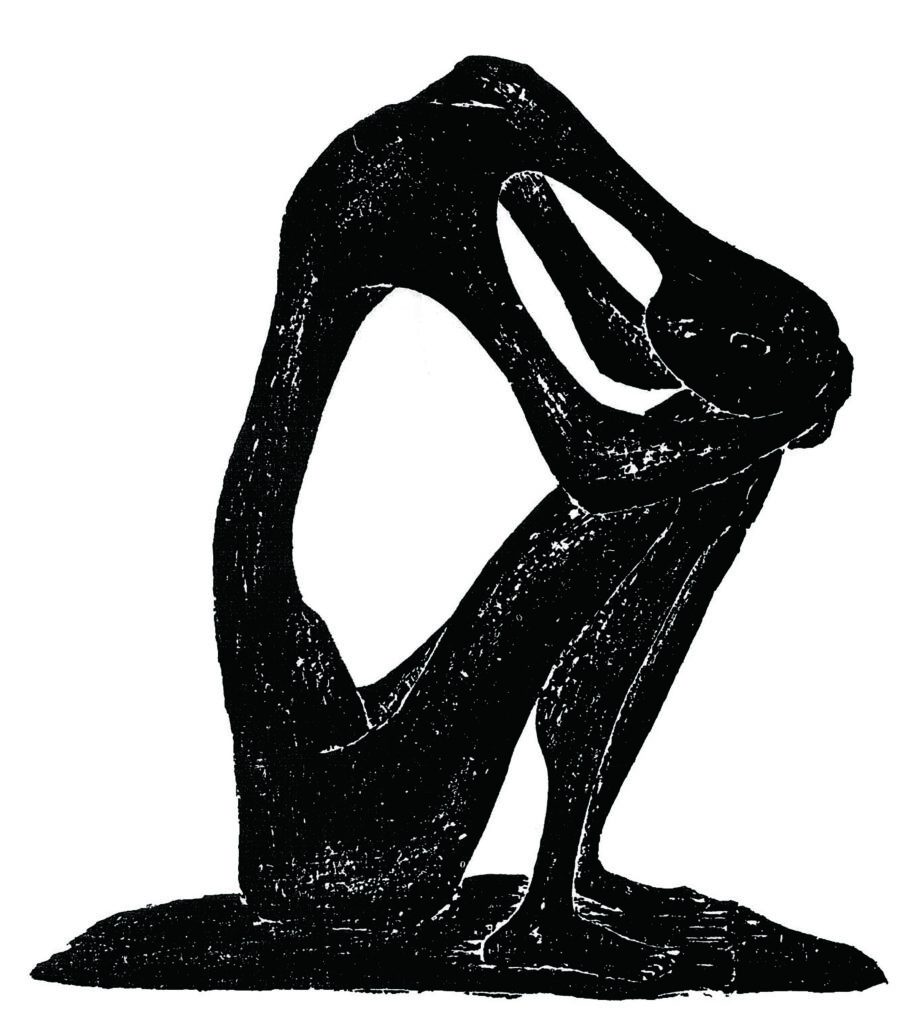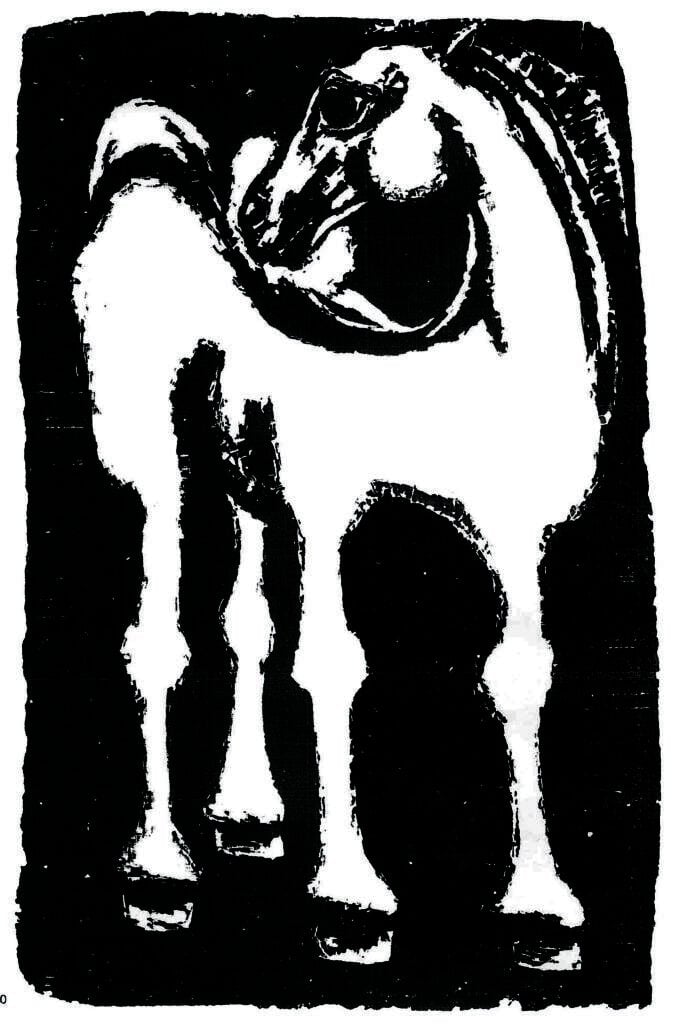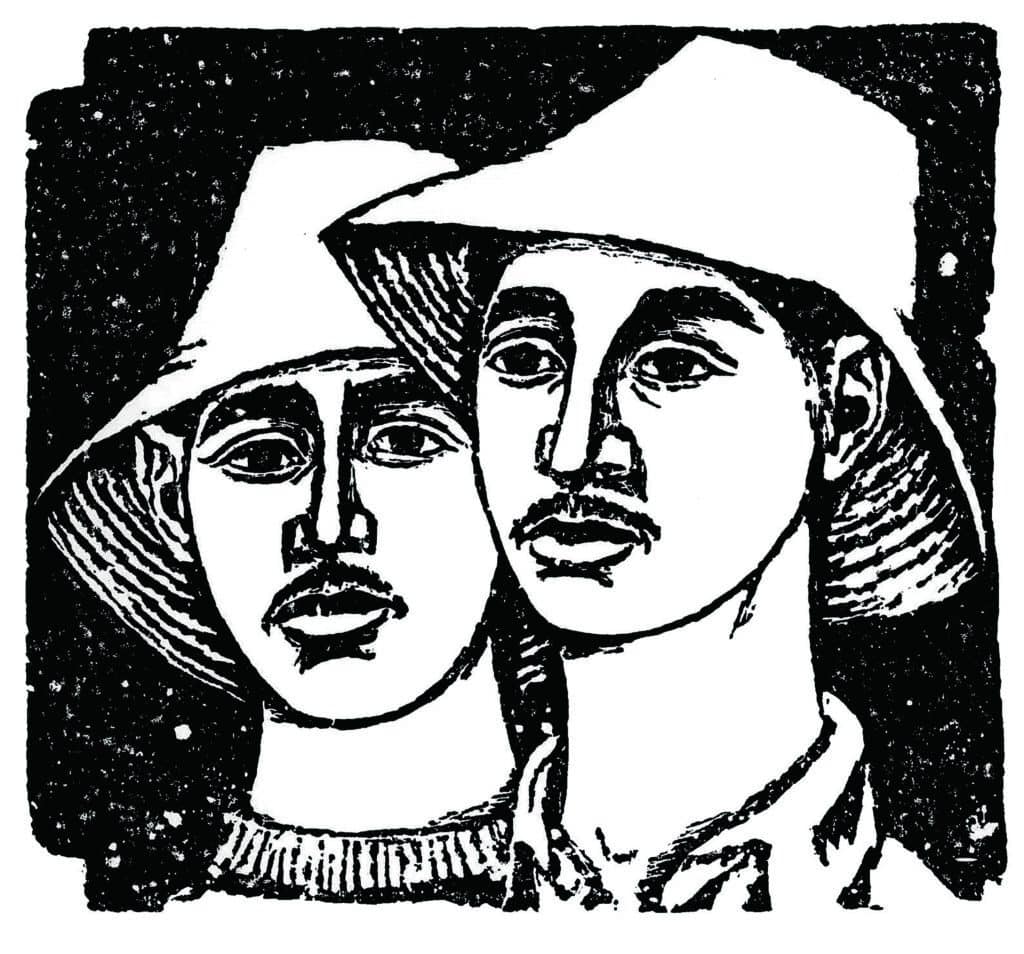Vasso Katraki: Giving Life to Stone
CONTEMPORARY ART
NOVEMBER 4, 2010 UNTIL JANUARY 21, 2011

THE EXHIBITION
Vasso Katraki (1914-1988), one of the leading figures of twentieth-century Greek cultural expression, with international recognition, dedicated herself to the art of engraving, with participations and distinctions in international exhibitions and biennials, such as the Alexandria, Sao Paolo and Tokyo Biennale. In 1966 she received international recognition with her participation in the 33rd Venice Biennale and her distinction with the Tamarind International Lithography Award.
The exhibition at the Museum of Cycladic Art, organised in collaboration with the Vasso Katraki Museum-Center for Engraving Art in Aetoliko, presented representative works from the entire artistic production of this great engraver: woodcuts and wood engravings, engraved stones, drawings, stone moulds, painted pebbles, photos and documentation material. The selection of the works was based on two axes: the anthropocentric character of her art; and the ‘relevance’ of Katraki’s engraving to the Cycladic marble sculptures of the prehistoric Aegean. These criteria were bolstered by the desire to give the public the fullest possible insight into her oeuvre.
From her first student works to her later, monumental propositions, the perception and rendering of the human figure is the dominant aesthetic-thematic selection of her creation, in which assiduous research and dialogue with Greek art −from prehistory to its popular-traditional expression− play
a key role.
The anagoges to and similarities with the Cycladic figurines are more than potent – her research and interest in Cycladic art, as a fixed area of focus and a source of inspiration, remain intact throughout her creative path. In the elongated, archetypical figures of her compositions, with the abstraction and the deeply wrought simplification of their form, Katraki shapes an entire world of symbolic images, expresses a particular stance of life and a social protest, delves in the nucleus of existence and focuses on man’s destiny, balancing passion and exaltation through the evocative antithesis of white and black.
And next to her art, in immediate interdependence with it, is her life; Aetoliko and the lagoon; the War, the Occupation and the Resistance; the exaltations, hopes and refutations − starting points and experiences that determine every attempt of any interpretative approach and analysis of her engraving.
*From Vasso Katraki’s handwritten notes
